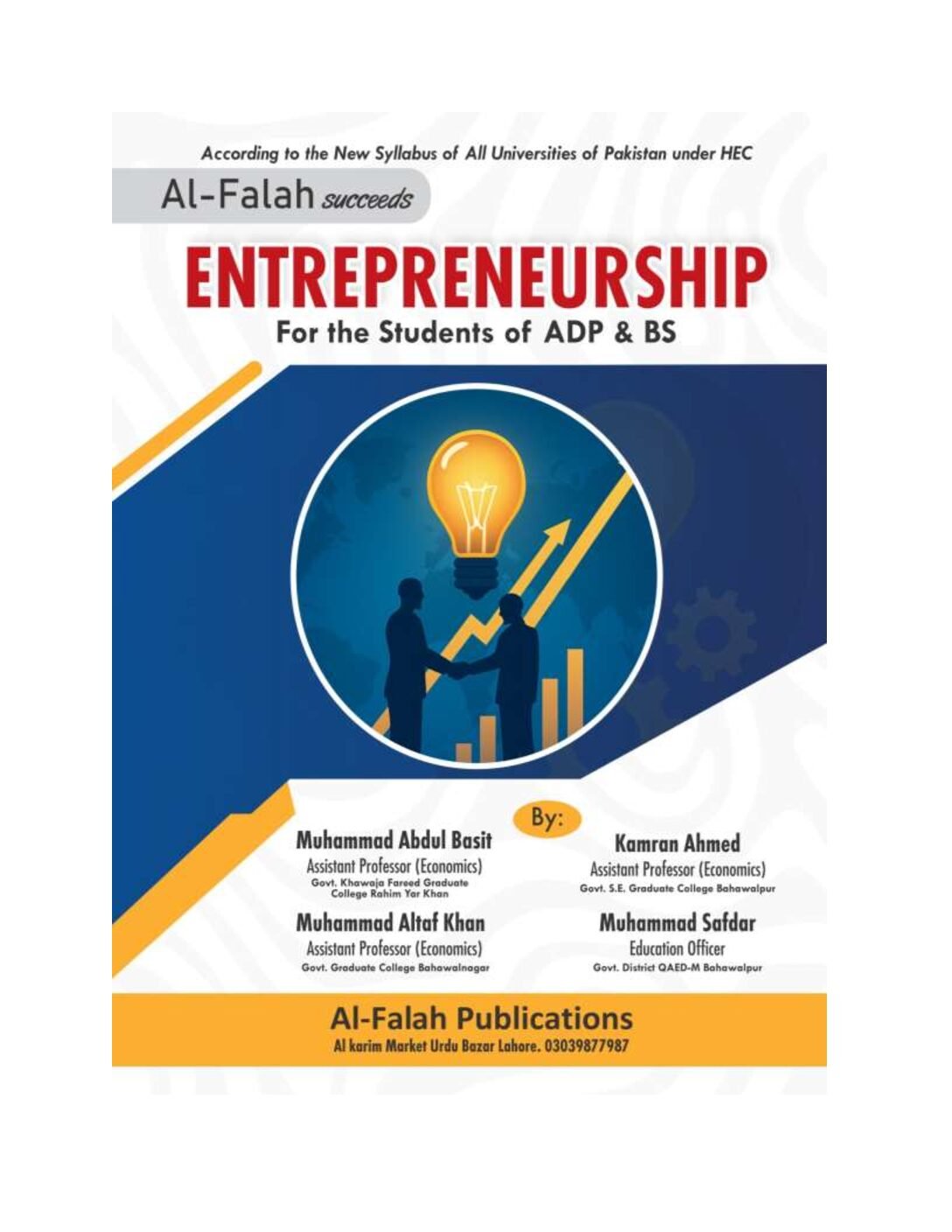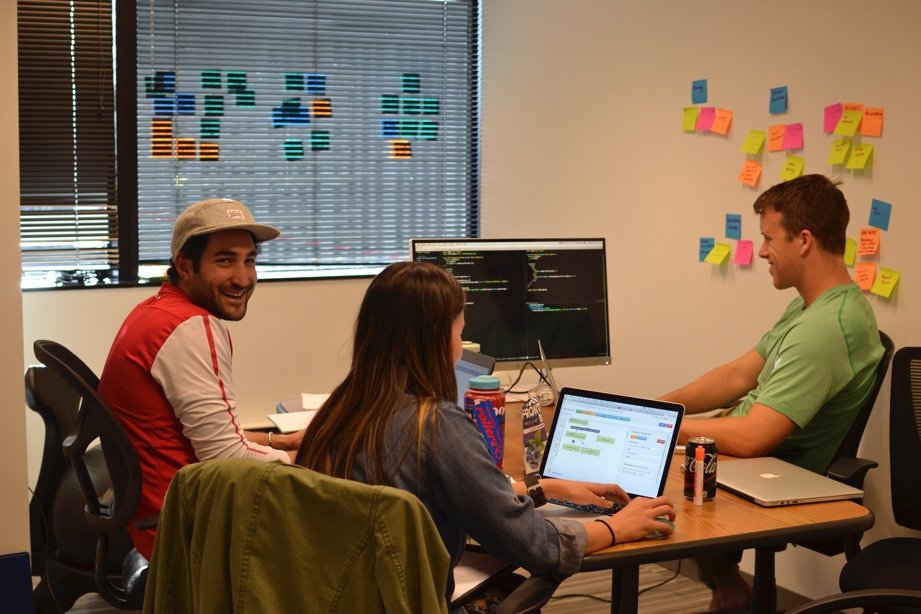How to Create an Inclusive STEM Learning Environment
Creating an inclusive STEM learning environment ensures equal access for all students Discover strategies to foster diversity equity & innovation in STEM education.

Creating an inclusive STEM learning environment is essential for fostering innovation and ensuring equal opportunities for all students. STEM (Science, Technology, Engineering, and Mathematics) fields drive global progress, yet many underrepresented groups including women, minorities, and students with disabilities face systemic barriers to participation. An inclusive STEM learning environment actively removes these obstacles by promoting diversity, equity, and accessibility. When every student feels valued and supported, they are more likely to engage deeply, think critically, and contribute to groundbreaking discoveries.
To build a truly inclusive STEM learning environment, educators must go beyond traditional teaching methods. This involves addressing unconscious biases, incorporating culturally responsive lessons, and providing accessible resources. By embracing these strategies, teachers can inspire a diverse generation of future scientists, engineers, and mathematicians. The following guide explores practical steps to cultivate a classroom where all students regardless of background or ability can thrive in STEM.
How to Create an Inclusive STEM Learning Environment
Understanding the Importance of Inclusion in STEM
Inclusion in STEM is critical for fostering innovation and addressing global challenges. Historically, underrepresented groups, including women, minorities, and students with disabilities, have been excluded from STEM opportunities due to systemic biases. A lack of diversity limits the range of perspectives in problem-solving, ultimately hindering scientific progress. Research shows that inclusive classrooms enhance creativity, collaboration, and critical thinking. Educators must recognize that equity in STEM is not just a moral obligation but also a necessity for advancing knowledge and technology.
Addressing Unconscious Bias in STEM Education
Unconscious bias can influence teaching methods, student evaluations, and classroom dynamics, often discouraging marginalized students from pursuing STEM Learning careers. Teachers may unintentionally favor certain students based on gender, race, or socioeconomic background, reinforcing stereotypes. To combat this, educators should undergo bias training and adopt evidence-based assessment methods. Strategies like blind grading and structured participation ensure fairness. Encouraging self-reflection among teachers helps identify and eliminate prejudiced behaviors, fostering a more inclusive learning environment.
Implementing Culturally Responsive Teaching Strategies
Culturally responsive teaching acknowledges students’ diverse backgrounds and integrates their experiences into the curriculum. This approach makes STEM Learning subjects more relatable and engaging for learners from different cultures. Educators can incorporate real-world examples that reflect diverse contributions to STEM Learning fields. Highlighting scientists and engineers from various ethnicities and genders inspires students and reinforces the idea that STEM is for everyone. Additionally, using multilingual resources and culturally relevant analogies bridges gaps in understanding.
Promoting Collaborative and Hands-On Learning
Collaborative learning encourages teamwork and peer support, helping students from different backgrounds feel included. Group projects, problem-based learning, and STEM clubs foster a sense of belonging. Hands-on activities, such as experiments, coding challenges, and engineering projects, make STEM more accessible. Kinesthetic learning and students with different Cognitive style benefit from interactive lessons, ensuring no one is left behind.
Providing Accessible Learning Materials and Tools
Implementing Adaptive Technologies for Physical Accessibility
True inclusivity in STEM education requires removing physical barriers that prevent students with disabilities from full participation. Schools must prioritize investments in specialized tools like screen readers for visually impaired students, voice recognition software for those with mobility challenges, and tactile STEM kits for hands-on learning. Digital accessibility is equally crucial all online platforms and STEM software should comply with WCAG standards, featuring closed captions for videos, keyboard navigation options, and adjustable text sizes. These technological accommodations ensure students with visual, auditory, or motor impairments can actively engage with coding exercises.
Curriculum Design Through Universal Learning Principles
The Universal Design for Learning (UDL) framework transforms how STEM subjects are taught by building flexibility into lesson architecture from the outset. This means creating multiple entry points for every concept combining 3D-printed molecular models for kinesthetic learners with interactive simulations for visual learners, while providing alternative assessment methods like oral presentations or diagram explanations. Teachers should receive training in accessible pedagogy, learning to automatically provide transcripts for audio content, descriptive alt-text for complex equations, and sensory-friendly lab environments.
Encouraging Female and Minority Participation in STEM
Addressing persistent gender and racial disparities in STEM requires intentional, multifaceted interventions that empower underrepresented students. Schools must implement targeted mentorship programs that connect girls and minority students with professionals who share similar backgrounds, creating relatable pathways to STEM success. Scholarship opportunities specifically designed for these groups help remove financial barriers while validating their potential in technical fields.
Creating Safe and Supportive Classroom Environments
Cultivating a positive and inclusive classroom culture forms the foundation for effective STEM learning, particularly for students from underrepresented groups. Educators must proactively establish clear anti-bullying policies and model respectful communication to create an environment where all learners feel psychologically safe to take intellectual risks. This involves intentionally normalizing mistakes as part of the learning process and implementing structured protocols that ensure equitable participation.
Engaging Families and Communities in STEM Learning
Active parental and community engagement serves as a powerful catalyst for creating an inclusive STEM ecosystem. Schools can foster meaningful involvement by organizing interactive family STEM nights where students and caregivers collaborate on hands-on experiments, hosting workshops that demystify STEM career pathways, and arranging career fairs featuring diverse role models from underrepresented groups. These initiatives help bridge the gap between classroom learning and real-world applications while empowering families to support their children’s STEM Learning journeys.
Assessing and Improving Inclusivity Efforts
Continuous evaluation and adaptation are critical for maintaining an inclusive STEM learning environment. Educators should implement regular assessments through student surveys, focus group discussions, and analysis of academic performance metrics to identify areas needing improvement. These data-driven insights allow teachers to recognize unconscious biases in teaching methods. By establishing feedback loops with both students and colleagues, educators can dynamically adjust their instructional strategies, classroom policies, and resource allocation.
Read More: Why Gamification Works: The Psychology Behind Engaged Learning
Conclusion
Creating an inclusive STEM learning environment is not just an educational goal it’s a necessity for building a more equitable and innovative future. By implementing the strategies discussed from addressing unconscious biases to incorporating accessible technologies – educators can break down systemic barriers that have historically excluded marginalized groups. When students from all backgrounds see themselves represented in STEM and feel genuinely supported in their learning journey, we unlock unprecedented potential for scientific discovery and technological advancement.
The work of creating an inclusive STEM learning environment requires ongoing commitment and collaboration among teachers, administrators, and policymakers. While challenges remain, each step toward greater inclusion makes STEM fields more vibrant and reflective of our diverse society. By fostering classrooms where every student feels valued and empowered, we’re not just teaching STEM skills we’re cultivating the next generation of problem-solvers who will tackle global challenges with creativity and diverse perspectives. The future of innovation depends on our ability to make STEM truly accessible to all.
FAQs
Why is inclusivity important in STEM education?
Inclusivity ensures equal opportunities for all students, fostering innovation through diverse perspectives and reducing systemic barriers.
How can teachers reduce bias in STEM classrooms?
Teachers can undergo bias training, use blind grading, and encourage structured participation to promote fairness.
What are some examples of culturally responsive STEM teaching?
Incorporating diverse role models, multilingual resources, and real-world examples makes STEM more relatable.
How can schools support girls in STEM?
Mentorship programs, scholarships, and female role models help encourage girls to pursue STEM careers.
What role does accessibility play in inclusive STEM learning?
Accessible tools like screen readers and tactile models ensure students with disabilities can fully participate in STEM education.











